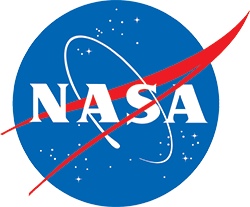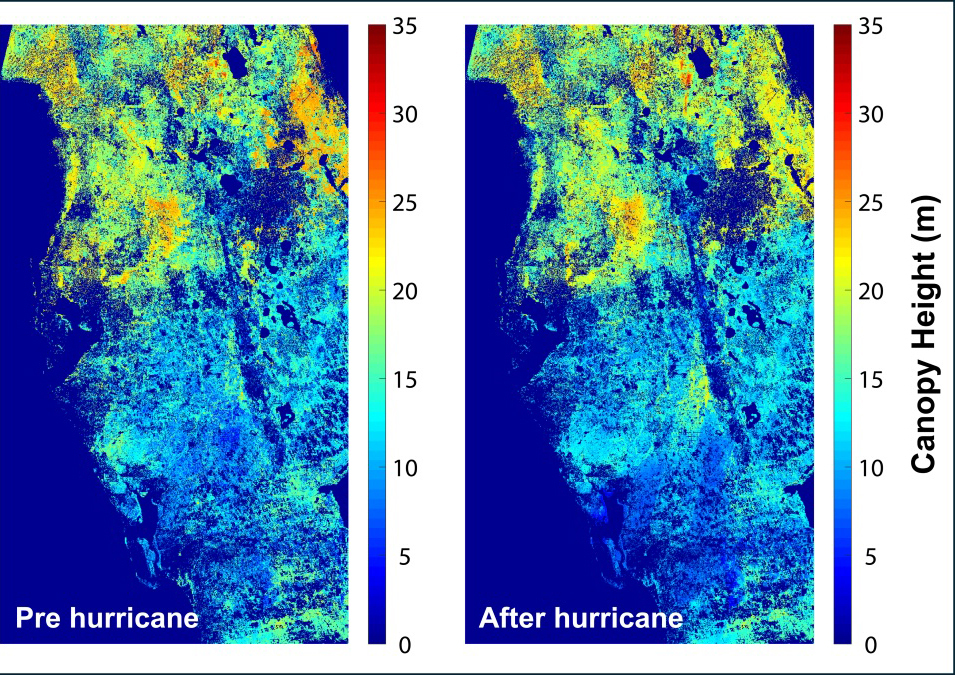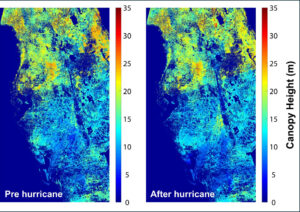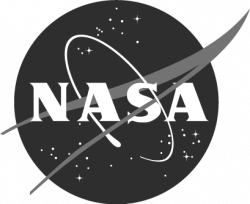By Laura E.P. Rocchio

Dr. Darryl Keith is a research oceanographer with the US Environmental Protection Agency. Today his co-authors will be presenting their research at #AGU18. Here is what Darryl shared with us about his research:
Application of the Quasi-Analytical Algorithm and Contrast Threshold Theory to Retrieve Secchi Depth from Optically Complex Lakes and Reservoirs of the Continental US using Landsat 8
What are the major findings of this research?
The major finding is that the high spatial resolution (30 m) of the Operational Land Imager (OLI) on Landsat 8 allows for the acquisition of spectral data for monitoring water quality from lakes and drinking water reservoirs across the United States.
What are the implications of your findings?
The implications are that the capabilities of Landsat 8, developed for landscape/landcover studies, could be used as a tool for the high temporal and spatial monitoring and assessment of freshwater aquatic systems.
What insight did you gain from this study?
The insight gained was that the optical character of freshwater aquatic systems is highly variable and complex and present a unique challenge for processing spectral data to derive monitoring variables such as water clarity.
Do you foresee Secchi depth retrieval for lakes and reservoirs from Landsat or other optical satellites as a future operational product that could be used by the EPA or other entities?
I strongly agree that ocean color remote sensing from space-based systems such as Landsat will provide operational products. In the near term, I see the incorporation of secchi depth data as a product of the EPA Cyanobacteria (CyAN) app which product will provide the public as well as federal, state and tribal communities with accurate data for use in their environmental assessments.
Co-authors:
Wilson Salls
US Environmental Protection Agency
Blake A Schaeffer
US Environmental Protection Agency
Anyone can freely download Landsat data from the USGS EarthExploreror LandsatLook.
Further Reading:
+ Landsat at #AGU18
+ Satellites on Toxic Algae Patrol
Related reference:
Keith, Darryl, Jennifer Rover, Jason Green, Brian Zalewsky, Mike Charpentier, Glen Thursby, and Joseph Bishop. 2018. “Monitoring algal blooms in drinking water reservoirs using the Landsat-8 Operational Land Imager.” International Journal of Remote Sensing 39 (9):2818-2846. doi: 10.1080/01431161.2018.1430912.






